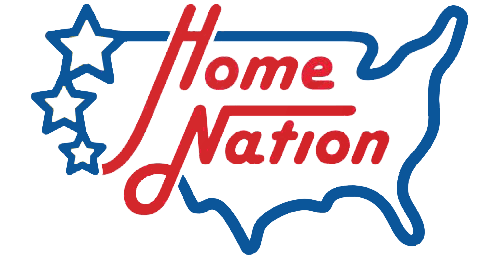Although designed to be permanent structures, mobile homes need to be secured to withstand high winds. This process is known as tying down a mobile home, and it’s a relatively easy way to make sure you’re safe inside you’re mobile home. Just follow these steps:
1. Decide Which Tie-Down Method to Use
Older mobile homes require “over-the-top” tie downs that stretch over the entire structured. However, newer mobile homes come with pre-installed straps that run under the home’s exterior siding or metal roof. The only difference between the two is aesthetics. But if your home doesn’t come with pre-existing tie-downs, then you must elect the over-the-top variety.
2. Decide Which Anchors to Use
There are many different types of anchors you can use, and which one you choose will depend on the conditions of the area where you want to tie down. Common anchors are:
- Auger anchors: Usually made of steel, auger anchors come with threads and are screwed into the ground. They are effective in both hard and soft soils.
- Drive anchors: These are used when the mobile home sits on top of a concrete slab. They work in a similar way as an auger anchor, except they are designed to be able to drive into concrete.
- Hard rock anchors: As the name suggests, these are for securing mobile homes that sit on top of hard rock foundations.
3. Decide How Many Tie Downs to Use
Theoretically, you can never have too many tie-downs; the more you have, the more secure your home will be. But depending on where you set up and the specifications of your mobile home, there are some minimums you must keep in mind. Check your owner’s guide and inquire about local regulations to help you figure out how many tie-downs your mobile home needs.
4. Install Your Tie-Downs
Once you know the method, type and number of tie-downs you’ll use, it’s time to install the anchors and secure your mobile home. Follow these steps:
- Ensure home is level.
- Mark wires/cables. Make sure you know where all your sewer, electric, cable and phone lines are so that you do not install an anchor on top of them.
- Position the tie-downs. Over-the-top tie downs need to be installed on a roof rafter. If you’re attaching pre-installed tie-downs, you can skip this step.
- Secure anchors.
- Attach tie-downs and adjust. Make sure to adjust tie-downs gradually and in a side-to-side manner. Don’t completely tighten one side and then the other, as this can put unnecessary stress on your mobile home.
You have officially tied down your mobile home. Now, you can enjoy it knowing you’ll be safe and secure no matter the weather.





